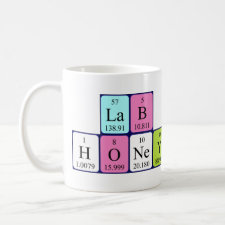
Authors: Huang BY, Chen YC, Liu CY
Article Title: An insight into the mechanism of CEC separation of template analogues on a norepinephrine-imprinted monolith.
Publication date: 2011
Journal: Journal of Separation Science
Volume: 34
Issue: (16-17)
Page numbers: 2293-2300.
DOI: 10.1002/jssc.201000918
Abstract: Abstract: A monolith molecularly imprinted polymer (MIP) column was prepared from template (−)-norepinephrine, functional monomer (itaconic acid), and a cross-linker (either ethylene glycol dimethacrylate or divinylbenzene) in porogen N,N-dimethylformamide. Understanding the molecular recognition of a template using an MIP seems feasible. However, it is hard to explain the recognition properties of their analogues on an MIP. The separation mechanism was investigated with the addition of charged surfactants, native and derivatised β-cyclodextrin (β-CD), achiral crown ether, etc. to determine the retention behaviour of the template analogues. The addition of organic modifiers and the adjustment of separation conditions were used to manipulate the selectivity. No chiral recognition was observed under most of the test conditions except the experiment with the charged β-CD on the divinylbenzene-MIP column. The different experimental conditions led to differences in the mobilities of the analytes and resulted in remarkable enantiomeric separation of the template. We confirmed the presence of mixed-mode selectivity of the stationary phase based on hydrogen bonding, hydroelectric and hydrophobic interactions, and the electrophoretic mode
Template and target information: (-)-norepinephrine
Author keywords: CEC, molecularly imprinted polymer, monolith, Template analogues



Join the Society for Molecular Imprinting

New items RSS feed
Sign-up for e-mail updates:
Choose between receiving an occasional newsletter or more frequent e-mail alerts.
Click here to go to the sign-up page.
Is your name elemental or peptidic? Enter your name and find out by clicking either of the buttons below!
Other products you may like:
 MIPdatabase
MIPdatabase









